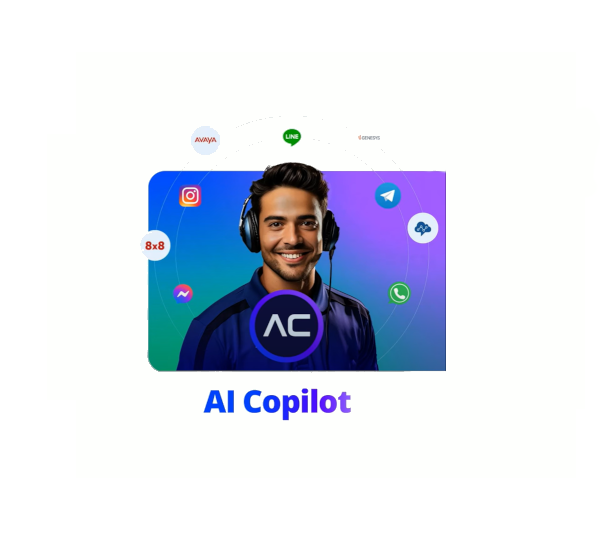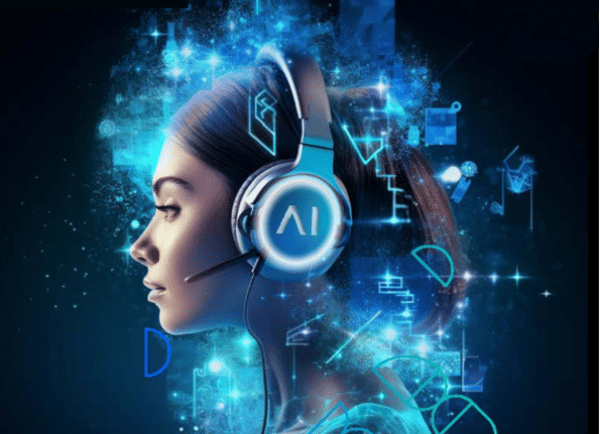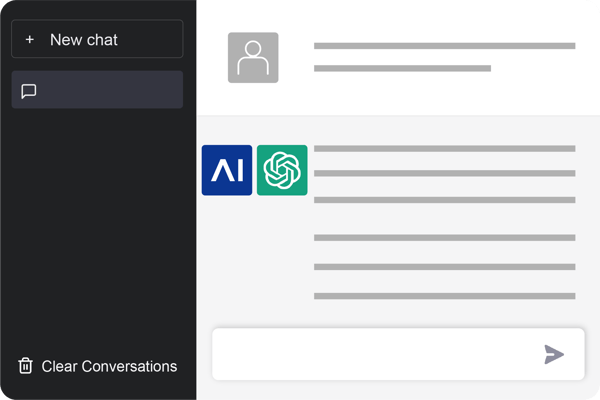Why choose Agentic AI?
Agentic AI helps directly challenge many of the problems customers have with AI Agents – whether that’s frustration with perceived errors or feeling like they’re interacting with a rigid, impersonal robot.
Agentic AI helps empower AI Agents that can react dynamically to unexpected queries and variations in language or tone. This means they don’t need to rely on predefined scripts or workflows and won’t produce the type of errors associated with earlier AI systems.
The main benefit, of course, is that Agentic AI helps improve the chances of successful outcomes by automatically carrying out tasks associated with a user’s goals. While it does this, the AI Agent also uses short- and long-term memory to personalize the interaction.
Not only does Agentic AI help improve the effectiveness of self-service for customers, but it also supports more complex needs. Agentic AI offers multilingual support across a wide array of channels, such as voice calls, text messaging, and platforms like WhatsApp. This omnichannel capability ensures consistent and accessible service that a customer can interact with whenever it suits them and in whatever language they speak.
Agentic AI also makes onboarding AI Agents simpler than ever. Rather than having to map out processes rigorously, the AI Agent can be trained in a similar way to your human employees by being given training up-front, access to the tools they need and then deployed to learn ‘on the job’.
Remember, however, that Agentic AI is not used in isolation. As we have already discussed in our guide to Agentic AI vs Generative AI, different types of AI offer the best results when combined within a single AI Agent.
To summarize, Agentic AI is the perfect solution for enterprise businesses that want to implement a customer-facing AI Agent that can offer genuinely valuable self-service support that speeds up cases, improves productivity, and increases customer satisfaction.

.png?width=60&height=60&name=AI%20Copilot%20logo%20(mega%20menu).png)




.png?width=600&height=600&name=Knowledge%20AI%20Feature%20image%20(2).png)










